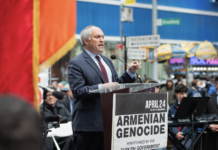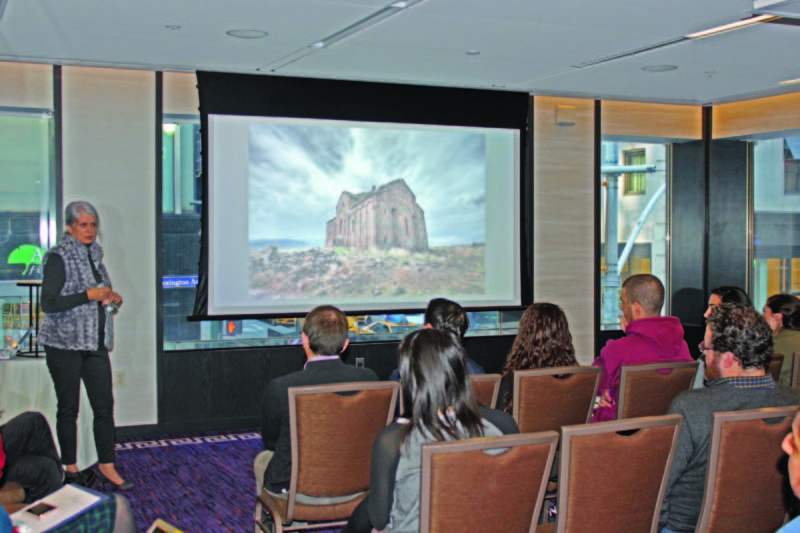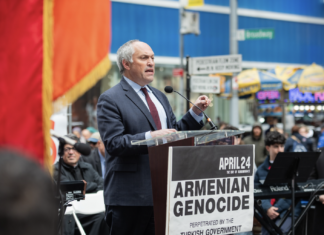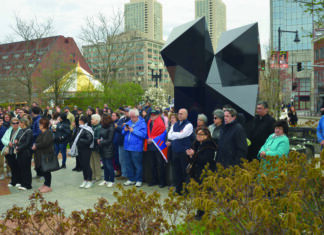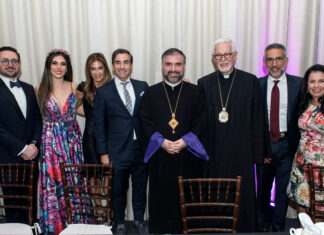By Taleen Babayan
Special to the Mirror-Spectator
NEW YORK — An innovative approach to discussing spirituality and religion brought together close to 40 Armenian young professionals from across the country during the Urban Spirituality Retreat held February 3-4 weekend at the Lexington Hotel.
Organized by Solange Merdinian, Lara Setrakian and Michelle Nahabedian, with the support of the Armenian General Benevolent Union (AGBU), the event aimed to create an engaging experience into the spiritual world and offer participants the opportunity to not only hear from speakers but also discuss and share their thoughts, concerns and ideas in regards to the Armenian faith and culture.
“Our goal is to share the light of what we come from,” said Setrakian, a journalist, who encouraged everyone to embark on this journey together “in a spirit of non-judgment.”
The idea for the weekend retreat emerged from last summer’s AGBU Focus Weekend, held in Beirut, Lebanon, during a daylong summit to brainstorm ideas of how to make the Armenian community stronger. Merdinian brought up the topic of exploring ways to deepen relationships with the church.





